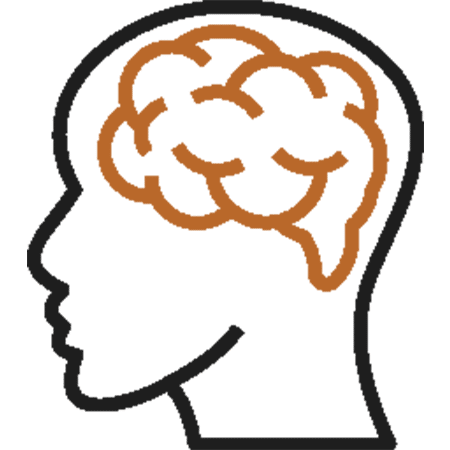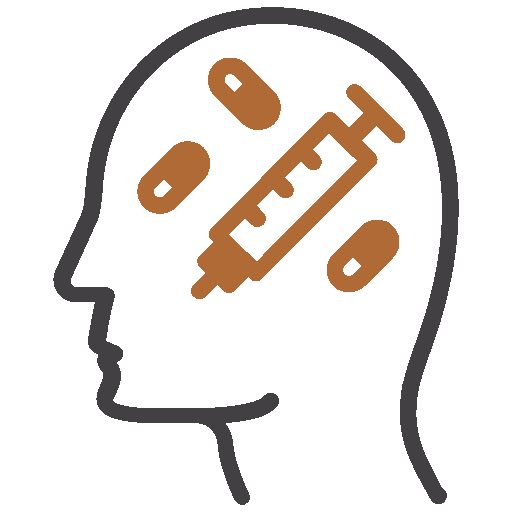In recent times, the misuse of MDMA, also known as Ecstasy, has become a serious problem. Originally created for therapeutic reasons, it’s now commonly abused for its mind-altering effects. We’ll take you on a journey to understand this widely misused stimulant, learning about its impact on health and society.
Our goal is to raise awareness and offer support to those affected by MDMA addiction. Let’s explore the world of MDMA together and find out why seeking help is crucial for those struggling with its grip.
Among individuals aged 12 or older, approximately 0.8% (equivalent to around 2.2 million people) reported using MDMA within the past 12 months. This data, sourced from the National Institute on Drug Abuse (NIDA), sheds light on the scope of MDMA consumption and underscores the importance of understanding and addressing this widespread issue.











